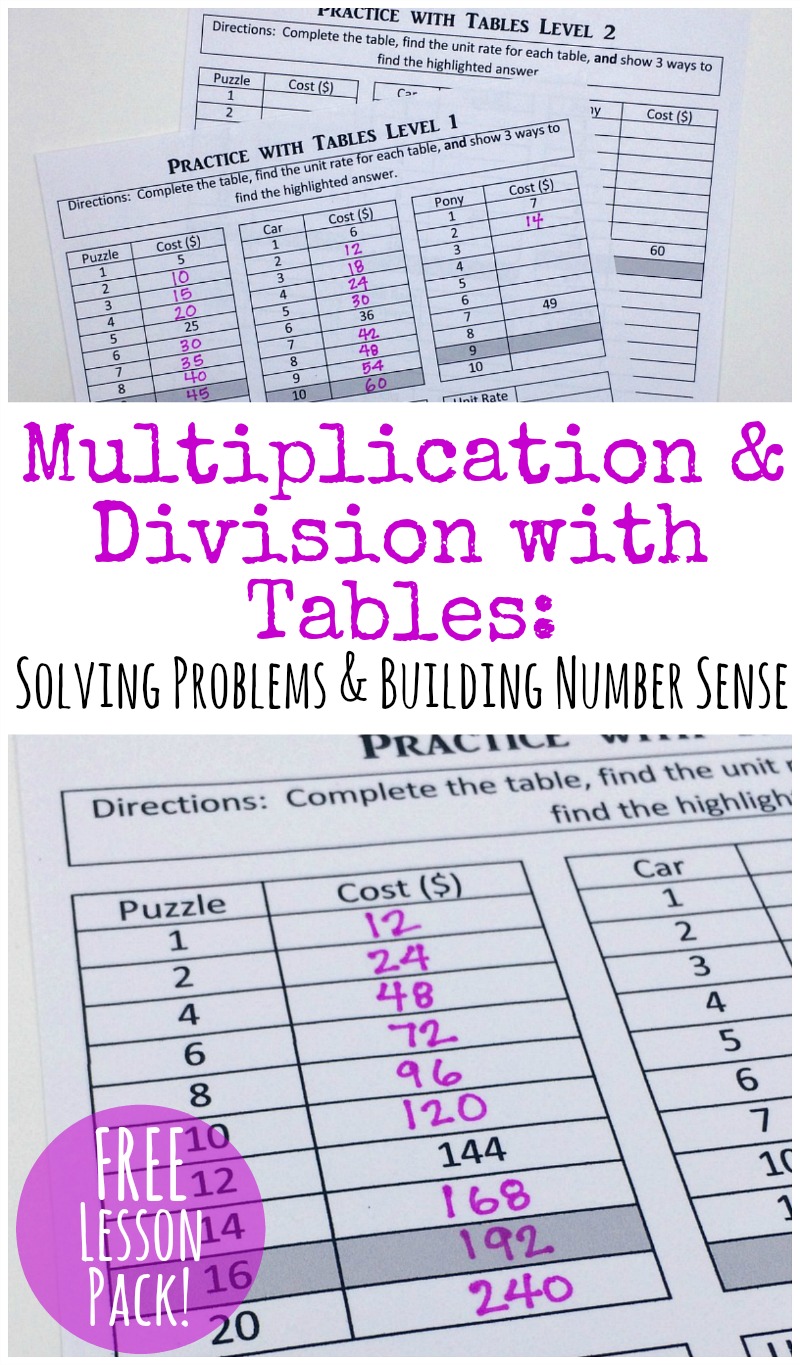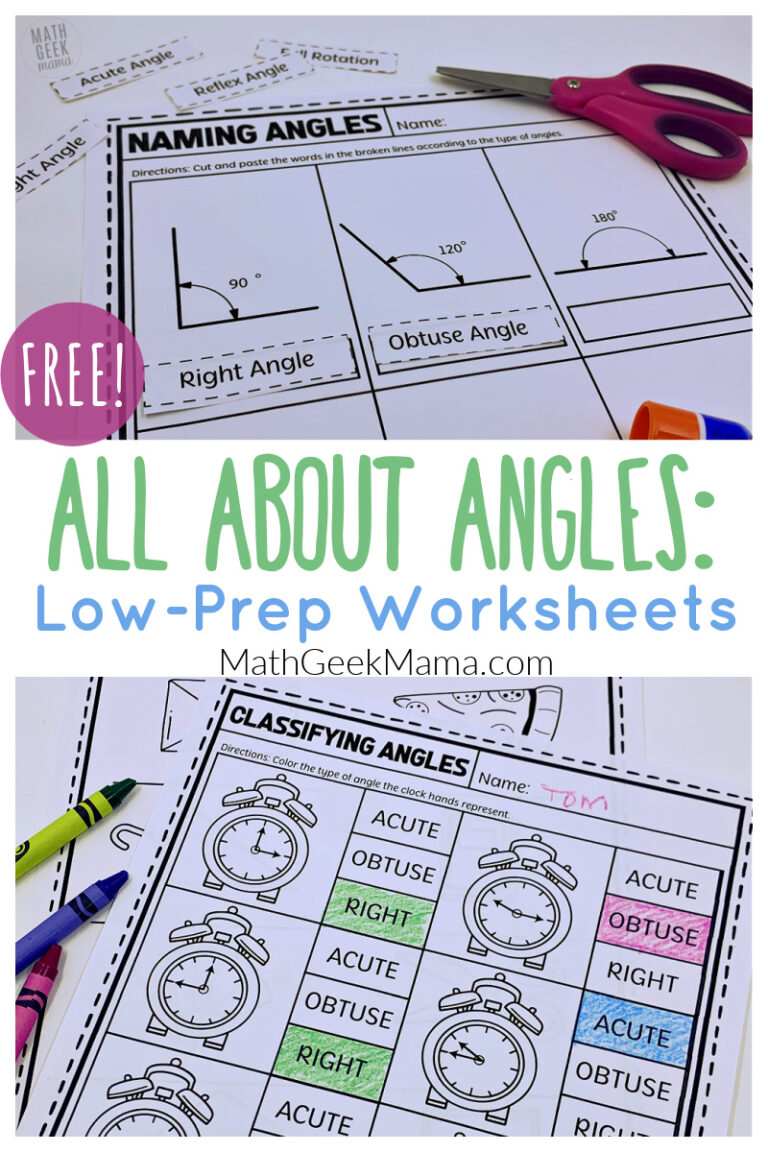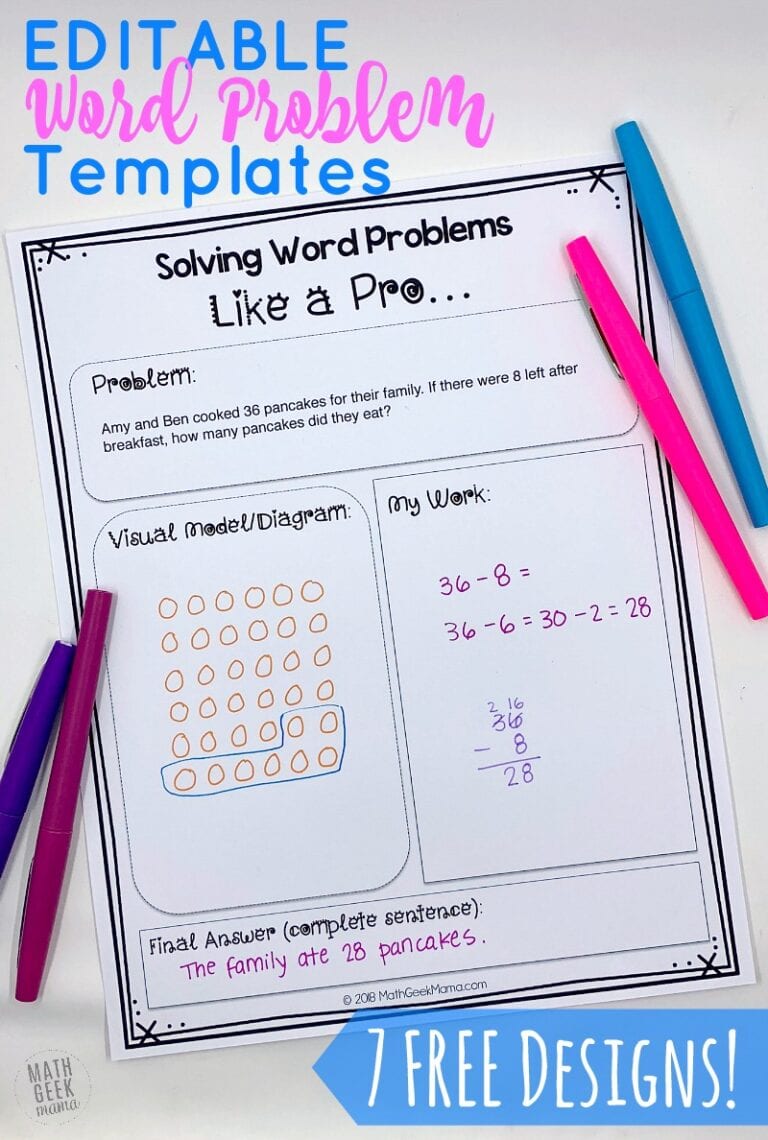Multiplying Large Numbers with a Table: Building Number Sense
I remember the first time that I was introduced to using tables for multiplying large numbers, division and more. Prior to that, my experience with tables included reading them, interpreting them, and graphing them. Pretty straight forward stuff that most Algebra students experience.
Yet here I was, in a class for math teachers, looking at a table that was clearly written by a 2nd grader. I don’t mean to say that the handwriting was so bad that it looked like a 2nd grader had written it. No, the table was literally written by a 2nd grader as proof to the problem they had been working on in class that week.
The problem was something like, If 1 hot dog costs $1.99, how much do 5 hot dogs cost? 10 hot dogs? 20 hot dogs? Looking at the table, I was surprised by the level of understanding this 2nd grader had about numbers and their ability to manipulate them so well.
I decided I might actually pay attention to this class. I’m so glad I did. The strategies I learned in that class have impacted my teaching and my homeschooling in tremendous ways.
Let’s see what you can do with a table to learn multiplication and division.

*Please Note: This post contains affiliate links which help support the work of this site. See our full disclosure here.*
This is a guest post from Danielle at Blessedly Busy.
Multiplication and Division Using a Table
When my students are just starting to explore multiplication, I will have them use manipulatives and build a table to model the problem. It looks a lot like zooming in on one piece of the traditional multiplication table. We are just starting out, just exploring, so I don’t call it anything.
Here’s how I might approach the problem:
I might take a toy I have in abundance and line them up. Maybe I want them to discover multiples of 5, so, we will line up 5 toys:
🙂 🙂 🙂 🙂 🙂
I ask, “How many toys are in this row?” and “What if we add another row?”
🙂 🙂 🙂 🙂 🙂
🙂 🙂 🙂 🙂 🙂
“Let’s keep track of our findings on a table. I’ll start it for you.”
| Rows | Toys |
| 1 | 5 |
| 2 | 10 |
| 3 | ? |
Continue making your table until you are satisfied. I have my students make many tables to begin with. It gives them practice seeing the problem (1 x 5 =5) and using a table in a very non-threatening way.

Once they understand how to use the table, I will begin to have already made tables with the question, “Can you finish this?”
At first, they would start with 1 and the focus would be building multiplication tables. Once that feels solid, I start stretching them.
Here is an example of a table for students to complete that would stretch them:
| Rows | Toys |
| 1 | |
| 4 | 20 |
The multiple they are going to use is not immediately apparent and it takes some thinking to figure out how to fill in this table.
All of the examples I have been giving might make you think that a table is only really useful for beginning mathematicians. Nothing could be further from the truth, we are just getting started.
Practicing Multiplication with Middle School and Beyond
If you have an older student you would like to practice using a table with, please introduce the table using non-threatening math (stuff they find easy).
While all of the examples I have given use multiples under 10, you can use a table to practice multiplying large numbers as well. Or fractions, or decimals, or integers, etc.
Some ideas include: multiples of 13, 1/2, or -8.
While it might be useful for students to memorize the multiplication table, that’s not the point of this exercise. The point is to gain and use a strategy and build number sense. The more fluid a student’s understanding about numbers, the more successful they will be in math.
The tables I have shown you all increase by one on the left side. As students become more adept, you don’t have to follow that same mold. In fact, this leads nicely into why and how the table is really so amazing.
But Wait, What About Division?
Ok. I’ll show you the fun mathrobatics in the next section. Let’s take a quick peek at how to use this table to build division concepts.
With division, you start at the end and work your way backwards. So, if my goal was to practice multiples of 5, I would start with 5×10=50. Again, start with objects.
In this case, 50:
🙂 🙂 🙂 🙂 🙂
🙂 🙂 🙂 🙂 🙂
🙂 🙂 🙂 🙂 🙂
🙂 🙂 🙂 🙂 🙂
🙂 🙂 🙂 🙂 🙂
🙂 🙂 🙂 🙂 🙂
🙂 🙂 🙂 🙂 🙂
🙂 🙂 🙂 🙂 🙂
🙂 🙂 🙂 🙂 🙂
🙂 🙂 🙂 🙂 🙂
Wow! That’s a lot of toys. After our students discover the total, we ask, “What if I take one row away?” And build a table:
| Row | Toys |
| 10 | 50 |
| 9 | 45 |
| 8 | ? |
Then you can continue from there to find patterns and solidify an understanding of division.
Ready to move on? Here we go.
Using the Table as a Tool for Multiplying Large Numbers:
Now we get to the stuff that I was amazed a 2nd grader could do.
Once students are comfortable making tables forwards and backwards it’s time for some fun. It’s time for…story problems. Don’t run away! Story problems can be fun! When the emphasis is on discovery and creativity. 😉
Here’s our sample problem:
“If 1 My Little Pony toy costs $5, how much do 10 ponies cost? 20 ponies? 19 ponies?
And if you really want to encourage creativity you ask, “How many ways can you find the answer?”
Here’s what a completed table might look like for this problem:
| # of Ponies | $ | Method |
| 1 | 5 | |
| 10 | 50 | (5×10), (5+5+5+5+5+5+5+5+5+5) |
| 20 | 100 | (5×20), (2×50), (50+50) |
| 19 | 95 | (5×19), (100-5) |
As you can see, the 19 comes after the 20. That’s because I used the 20 to find the answer to 19. Who wants to do 19×5 when 20×5-5 is so much faster?
The table is being used as a tool to solve problems. Tools sometimes get messy. It’s okay if a table skips around a little, something we typically wouldn’t tolerate.
As your student gains practice thinking creatively about numbers, you’ll see not only their ability to solve problems easily increase, but also their ability to think about a problem in multiple ways.
And like that 2nd grade student, they will amaze people with their ability to think fluidly about numbers.
Want some free multiplication table lessons to get you started? This set of lessons will stretch your kids and get them thinking, problem solving, and more fluently multiplying large numbers!

There are 5 different levels in this resource pack, including a set of tables to practice multiplying decimals.

{Click HERE to go to my shop and grab the FREE Multiplication with Tables Lesson Pack!}
And if you’re looking for another tool to aid students in multiplying large numbers, be sure to read this post on multiplication, with a free printable template.
And for more information on using a table to solve math problems, check out this post: Problem Solving by Finding Patterns
Danielle is a homeschooling mamma of 5. She is committed to making life with young children easier and sharing her passion for math. If you would like to learn more about teaching math to multiple age groups visit Blessedly Busy or follow her on: Facebook, Instagram, Pinterest or Twitter.












